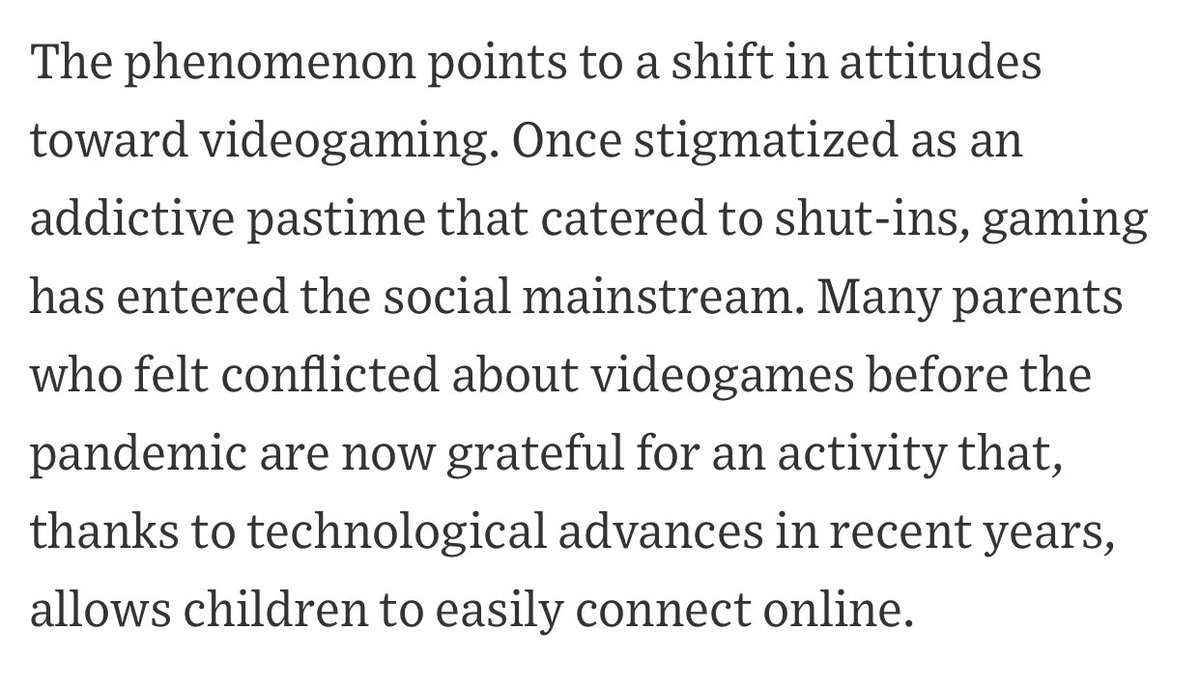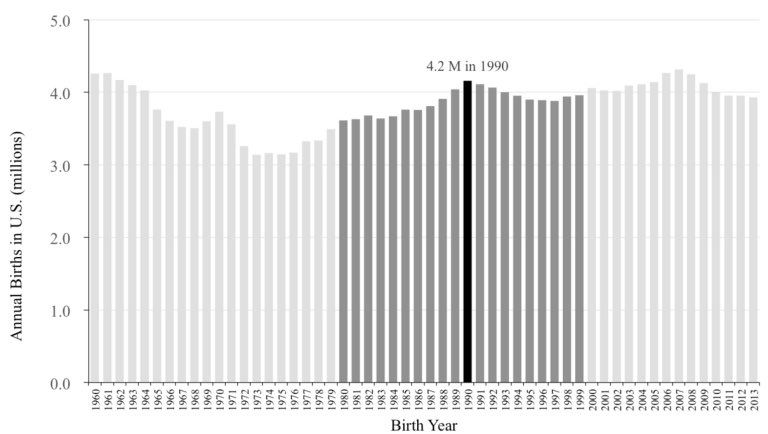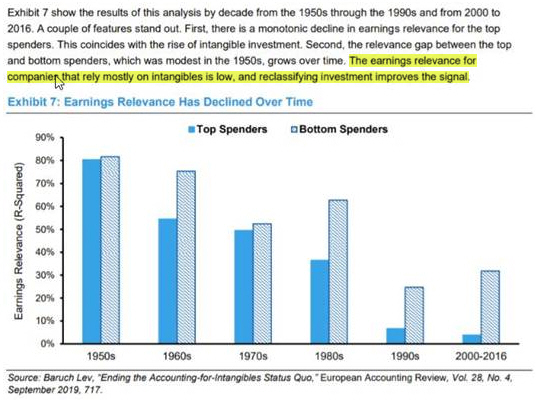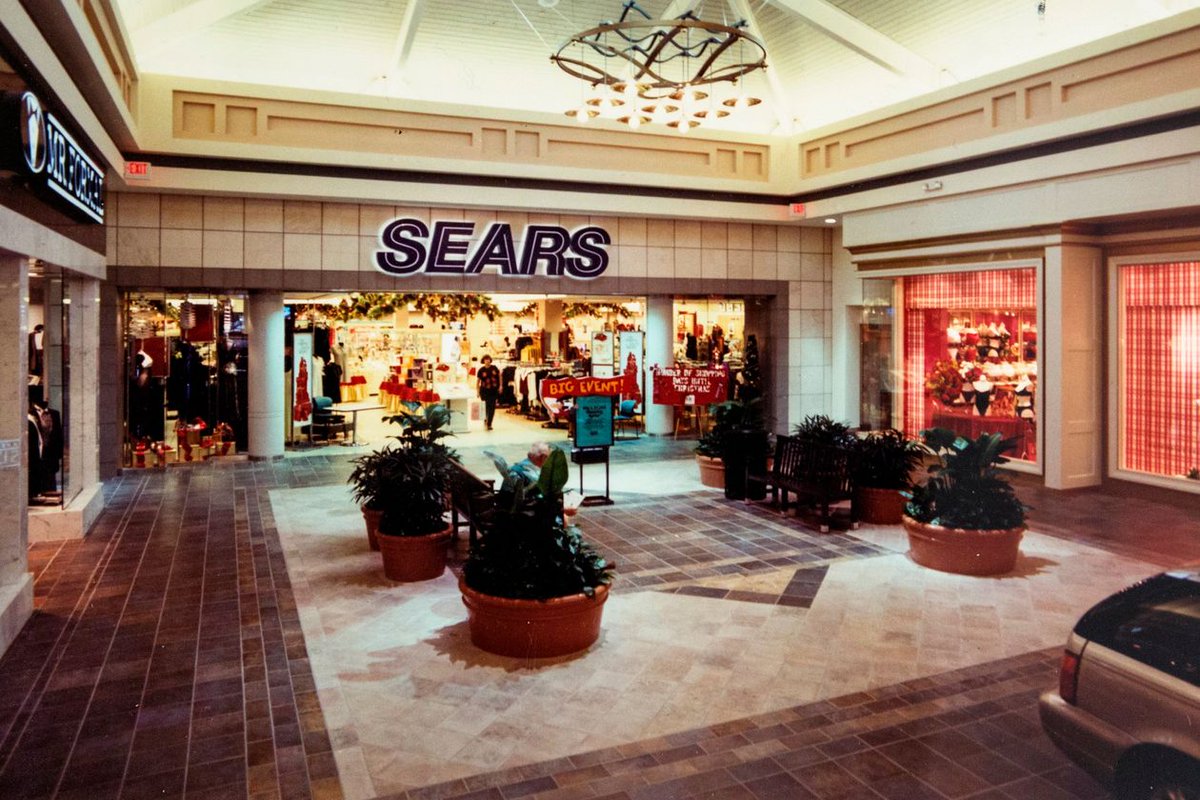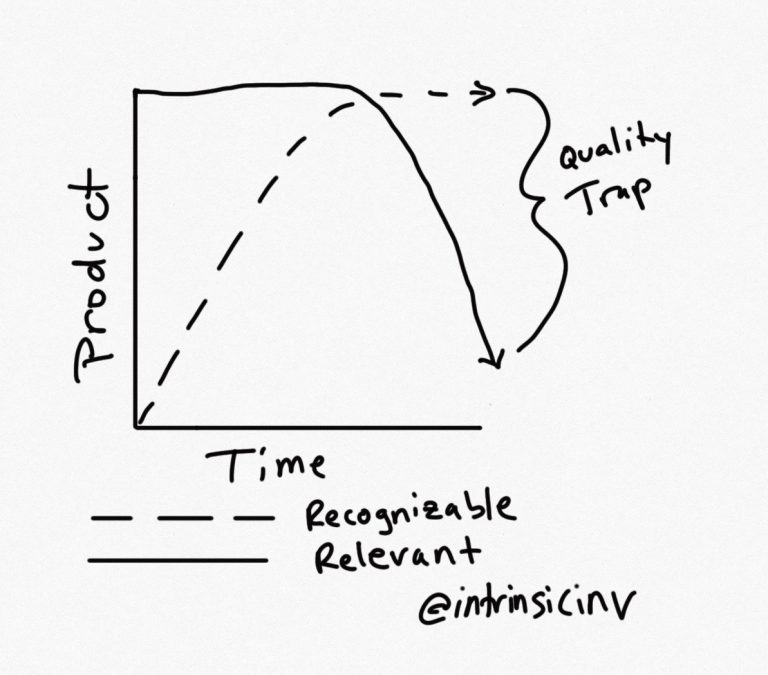
1/x We recently got a request from new reader @NMPCap to tweet some of our top blog posts from the past. Honestly, nobody was reading our blog back in 2016! So here's some of our early posts you may have missed.
2/x Our first post explained what "intrinsic investing" is all about and drew on a quote from @Jesse_Livermore. intrinsicinvesting.com/2016/01/05/val…
3/x Our first company write up was included in @abnormalreturns daily email and brought in many of our earliest readers. intrinsicinvesting.com/2016/03/01/bro…
4/x Our posts featured lots of talk about return on invested capital, which triggered lots of questions about this concept and how exactly we define it (we don't use GAAP derived ROIC). intrinsicinvesting.com/2016/04/12/ret…
5/x We're value investors at heart in that we only buy stocks based on them trading at a discount to what we believe the present value of long term cash flows will be. But forecasting is hard. Luckily, forecasting ROIC is easier than forecasting growth. intrinsicinvesting.com/2016/09/21/the…
6/x We owned Apple from 2009 to 2018. In this post we looked at the core value creation mechanism that the company is focused on. intrinsicinvesting.com/2016/09/20/how…
7/x The value a company creates for customers (and all stakeholders) defines the total potential value a company can capture via profits. But sometimes the customer value a company creates is not what you might expect. We explored this dynamic at $FRC intrinsicinvesting.com/2016/10/04/fir…
End/ Thanks so much to all of you who read our blog and follow us here!
• • •
Missing some Tweet in this thread? You can try to
force a refresh

